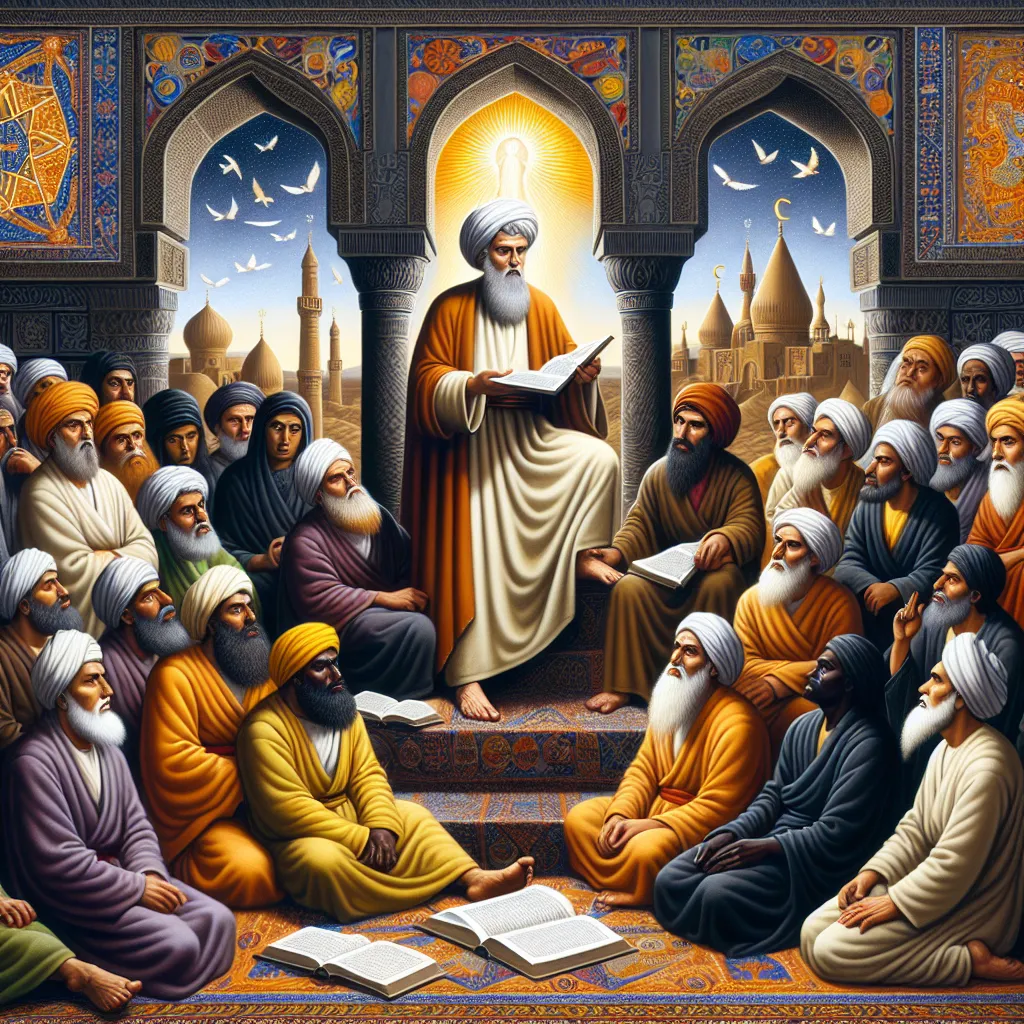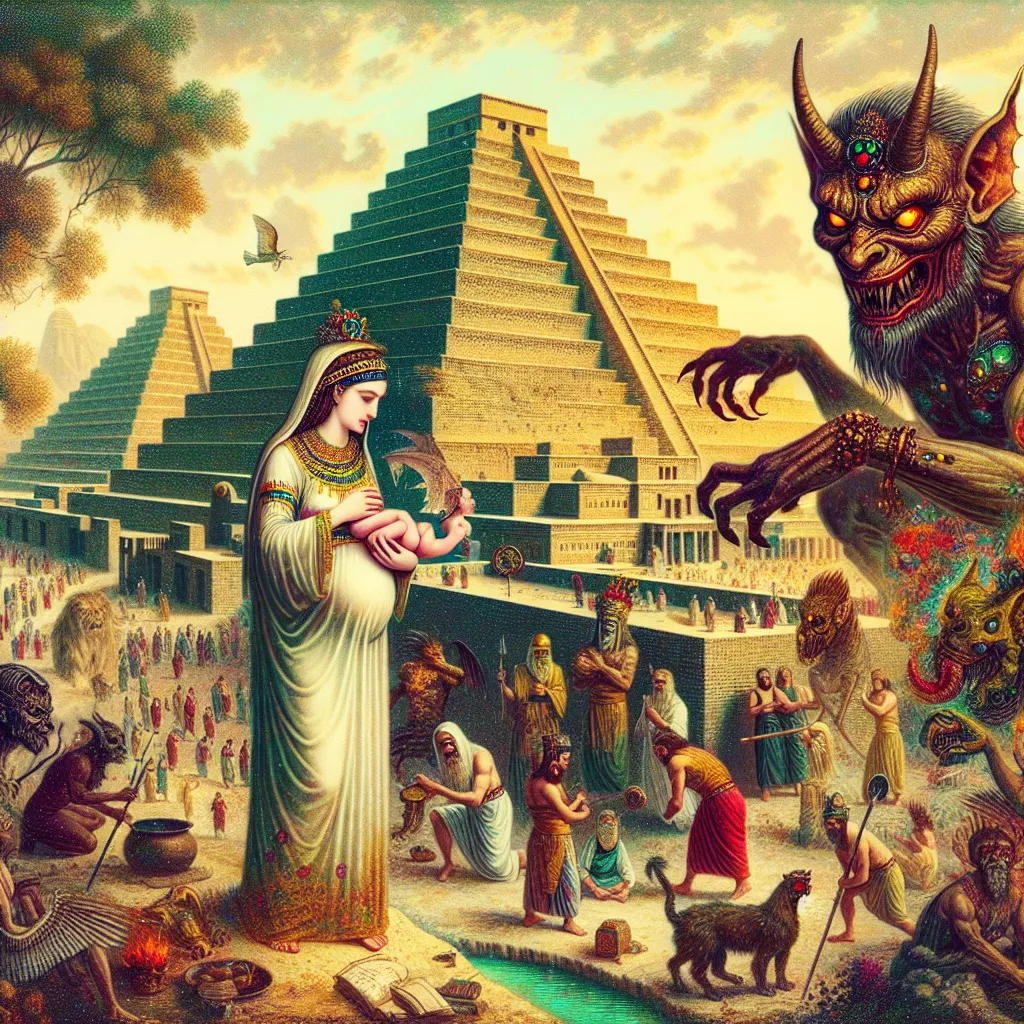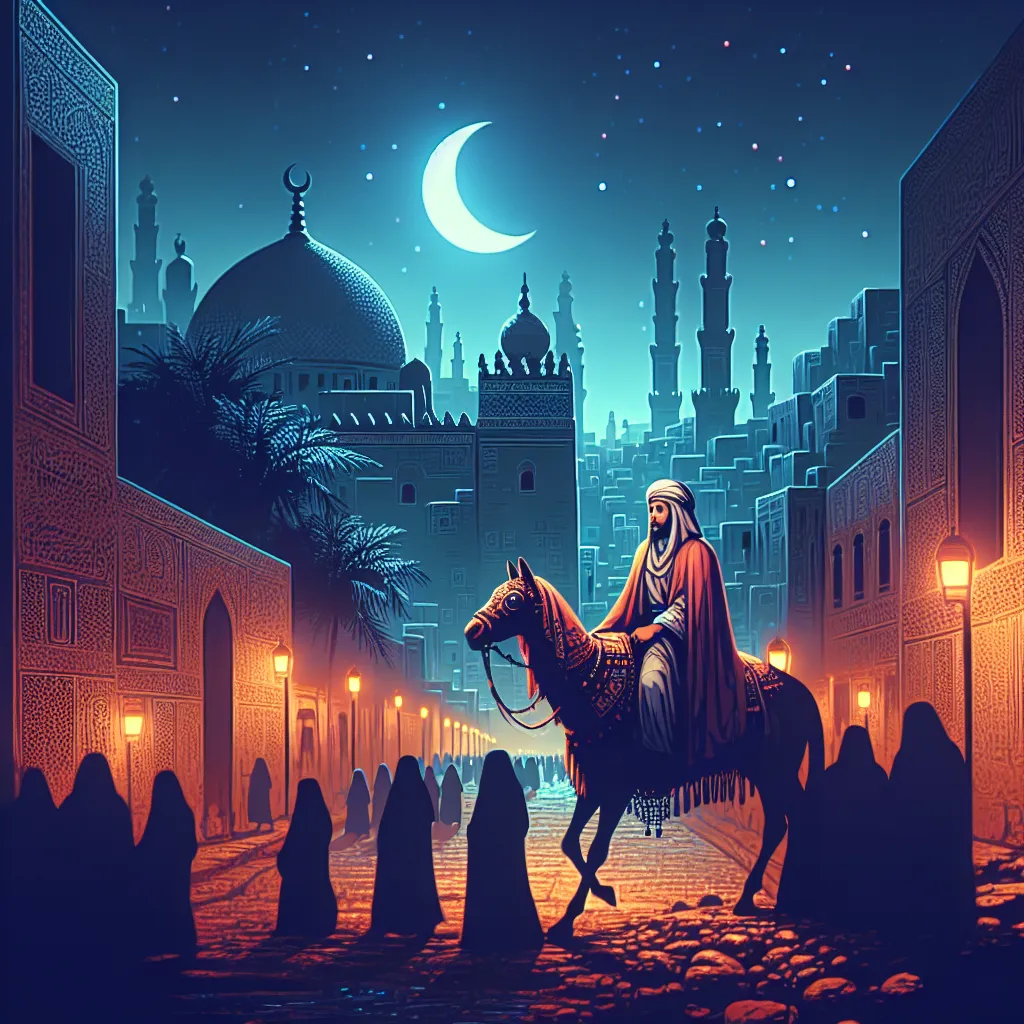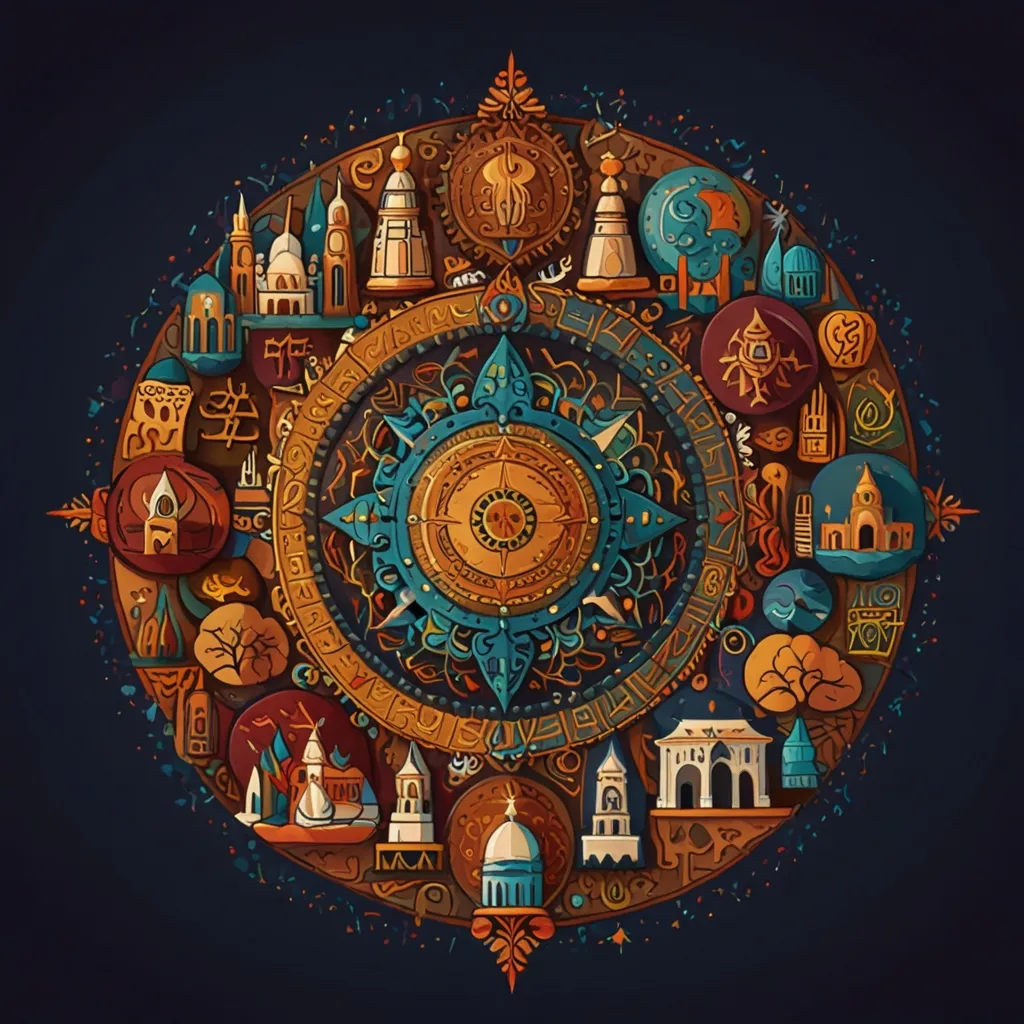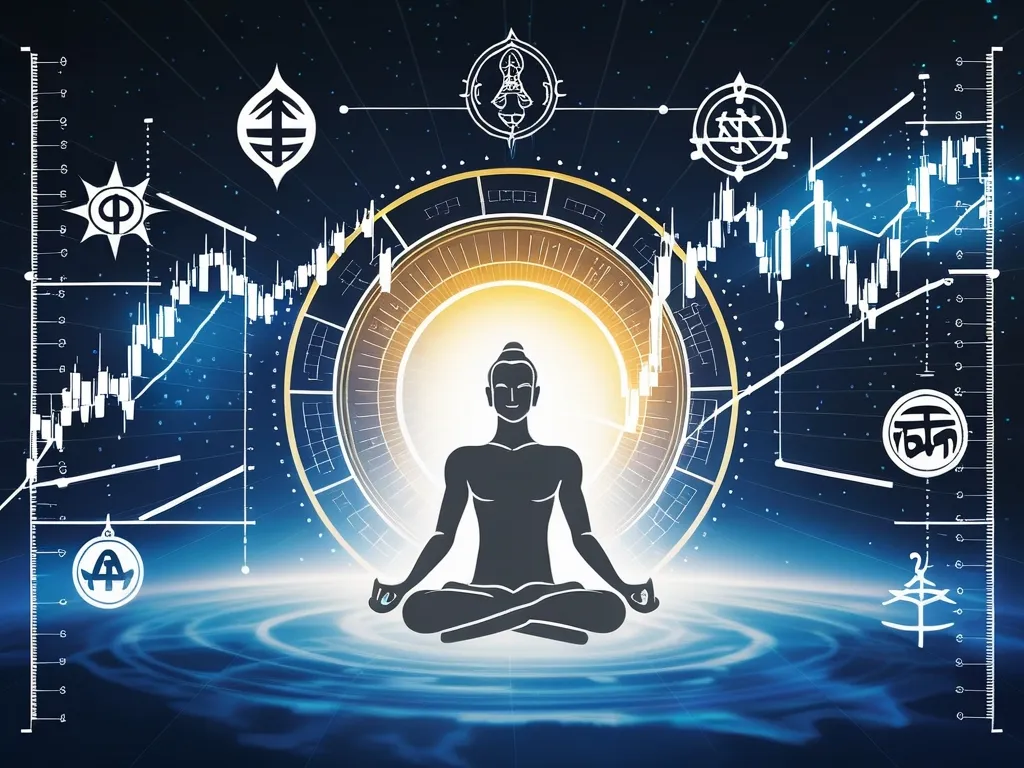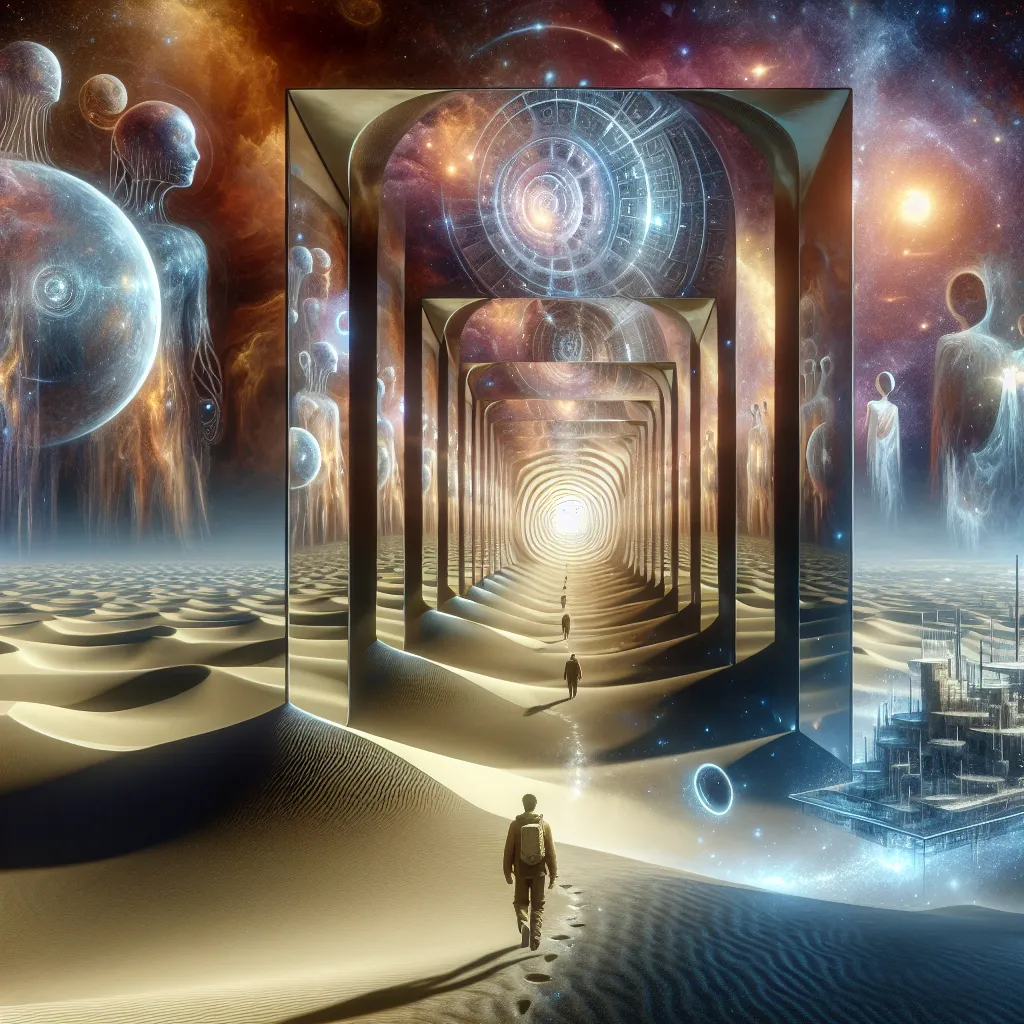Some of you might’ve heard the term “Manichaean” tossed around. It’s often used to describe something very black-and-white, lacking in nuance. But did you know Manichaeism was actually an ancient religion? At one point, it was one of the world’s most widespread faiths, especially in the Middle East and Central Asia. Yet, many folks don’t really know much about it. Let’s dive into some Manichaeism 101, shall we?
Our knowledge of Manichaeism initially came from secondary sources like Christian theologian Augustine, who was a follower before converting to Christianity, and later from Muslim writers like Al-Biruni. These sources, though, were pretty biased, mainly trying to discredit the religion. It wasn’t until the 20th century, thanks to some awesome archaeological digs in places like Turfan in Central Asia and Kellis in Egypt, that we nabbed some firsthand insights. These discoveries revealed a religion that was rich, complex, and deeply interconnected with other religious movements of its time.
So, who kick-started this whole thing? Meet Mani. Born around 216 CE near modern-day Baghdad, he lived in the culturally and religiously bustling environment of the Sassanian Persian Empire. This region was a melting pot of traditions like Zoroastrianism, Judaism, early Christianity, and even Buddhism. Growing up in such a diverse religious landscape had a massive impact on Mani’s teachings.
Mani initially belonged to a Jewish-Christian group called the Elkicites. But his life changed dramatically when he started having visions at the age of 12, leading him to break away and start his own movement. Mani wrote extensively, aiming to prevent misunderstandings among future followers—a lesson he felt other prophets like the Buddha and Jesus had missed out on by not penning their own teachings.
By 242 CE, Mani had gained the support of Sasanian King Shapur I, helping him spread the faith even further. Mani saw himself as the heir to prophets like Jesus, Zoroaster, and the Buddha. His teachings blended elements from Christianity, Zoroastrianism, and Buddhism. For instance, he was often identified with the Paraclete, a helper mentioned in the New Testament. Unlike mainstream Christianity, Manichaeans didn’t adhere to the doctrine of the Trinity.
Mani’s religion was a blend of ideas tailored to resonate with local traditions, making it quite effective in winning converts. The core of Manichaean belief split the world into two realms: light and darkness, a dualistic worldview also found in Zoroastrianism. Mani taught that the world was a battleground between these forces, and humanity’s duty was to help separate light from darkness.
Manichaean practice was deeply ascetic. Followers were divided into the Elect, who lived strictly by the faith’s rigorous rules, and the Hearers, who helped support the Elect by providing food and could follow a less stringent set of guidelines. The Elect aimed to purify themselves and the world by strict celibacy, vegetarianism, and pacifism. Even their meals were ritualistic acts aimed at separating particles of light from darkness.
Despite its spread and initial success, Manichaeism faced severe persecution. Zoroastrian and Christian authorities saw it as a threat, leading to its decline by the 11th century. It lingered a bit longer in southern China but eventually faded out. However, the influence of Manichaeism likely trickled into other religions, even as the faith itself waned.
Though essentially extinct today, Manichaeism leaves behind a fascinating legacy. Its blend of teachings from various religions and its wide historic spread make it a compelling subject for anyone interested in the ancient religious landscape. If you’re intrigued and want to know more, just let me know!
